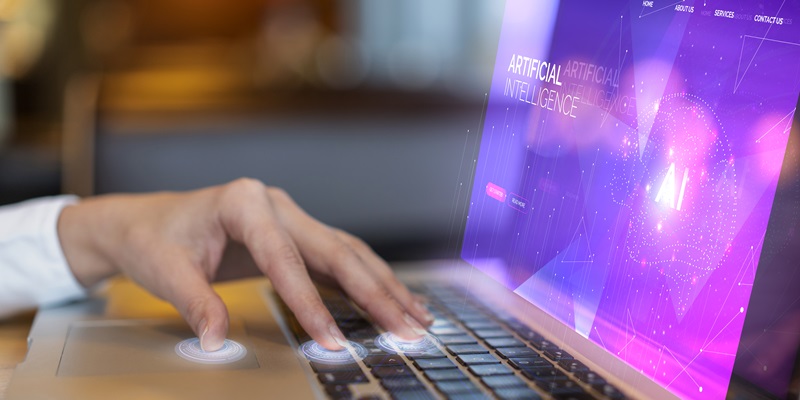In a significant development, the leading lawsuit filed by human artists against AI image and video generator companies has taken an interesting turn. This comes after U.S. District Court Judge William H. Orrick dismissed parts of the initial class-action lawsuit filed by three visual artists against the AI companies. However, in an amended complaint filed this week, seven additional artists have joined the lawsuit, introducing new arguments and evidence. Let’s delve deeper into the details of this case and its potential implications.
Background Information
As a quick recap, the original lawsuit leveled accusations against AI image and video generator companies. However, Judge Orrick’s ruling in October dismissed a significant portion of the claims made by the three visual artists. Yet, this setback did not halt the pursuit of justice, as the artists collaborated with seven more plaintiffs to amend their complaint, strengthening their case and bringing forward fresh arguments.
Protection of Copyright for Non-Copyrighted Works
One of the novel aspects highlighted in the amended complaint is the contention that even non-copyrighted works may still be eligible for copyright protection if they contain the artist’s distinctive mark, such as their signature. This assertion challenges the perception that non-copyrighted works are fair game for AI companies, emphasizing the artists’ rights to protect their creative expression.
Unauthorized copies made by AI companies
Another crucial point raised in the amended complaint is the claim that AI companies using widely-used datasets like LAION-400M and LAION-5B would have had to download the actual images for training their models. In doing so, they would have made unauthorized copies of the original pieces, potentially infringing upon the artists’ copyrights. This argument further strengthens the artists’ position, shedding light on the ethical concerns surrounding the training of AI models.
Replication of Training Material Through Diffusion Models
Perhaps the most damning accusation brought forward in the amended complaint revolves around the architecture of diffusion models themselves. The complaint argues that these models are specifically designed to replicate the initial training material with maximum accuracy and fidelity. The primary objective of diffusion models is to reconstruct copies of their training images, raising questions about the level of similarity and potential copyright infringement that might occur.
Objective of Diffusion Models
The complaint puts forth a compelling argument by citing Nicholas Carlini, a research scientist at Google DeepMind. In one of his research papers, Carlini explicitly states that diffusion models undergo training specifically aimed at reconstructing the training set. This expert opinion adds weight to the artists’ claims, suggesting the intentional replication of copyrighted material by AI models.
Expert opinions from researchers at MIT, Harvard, and Brown
Furthermore, the amended complaint references a scientific paper authored by researchers from prestigious institutions like MIT, Harvard, and Brown. According to this paper, diffusion models excel in creating convincing images that resemble the work of specific artists when provided with the artist’s name as part of the prompt. This finding strengthens the argument that AI companies utilizing such models may be crossing the line of fair use and infringing upon artists’ copyrights.
Legal Implications
As this lawsuit unfolds, both the artists and AI image and video generator companies eagerly await the court’s decision on whether the replication of artworks by diffusion models constitutes fair use or copyright violation. The inclusion of additional artists, along with the introduction of compelling arguments and expert opinions, has undoubtedly heightened the seriousness of the case. The outcome could have far-reaching implications for the AI industry, influencing the boundaries of AI-generated art and the legal protection of artists’ intellectual property. Only time will tell how this lawsuit shapes the future landscape of art and AI interactions.
In the pursuit of technological progress, it is crucial to strike a balance between innovation and respecting the rights of human creators. The convergence of AI and art presents exciting possibilities, but it is equally essential to address the ethical and legal concerns surrounding the use of copyrighted material. This lawsuit serves as a testament to the growing importance of safeguarding artists’ intellectual property rights in the face of advancing AI technologies.

